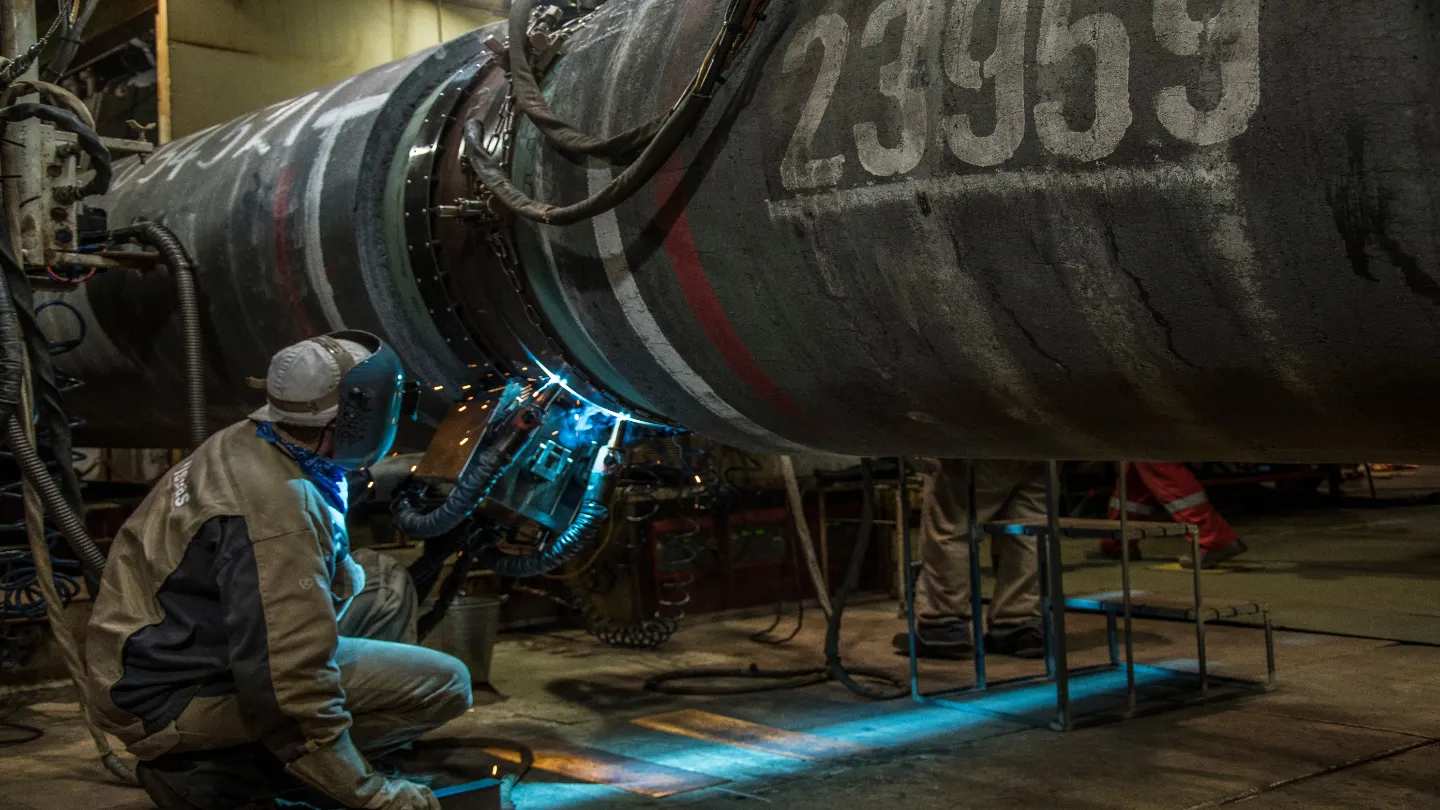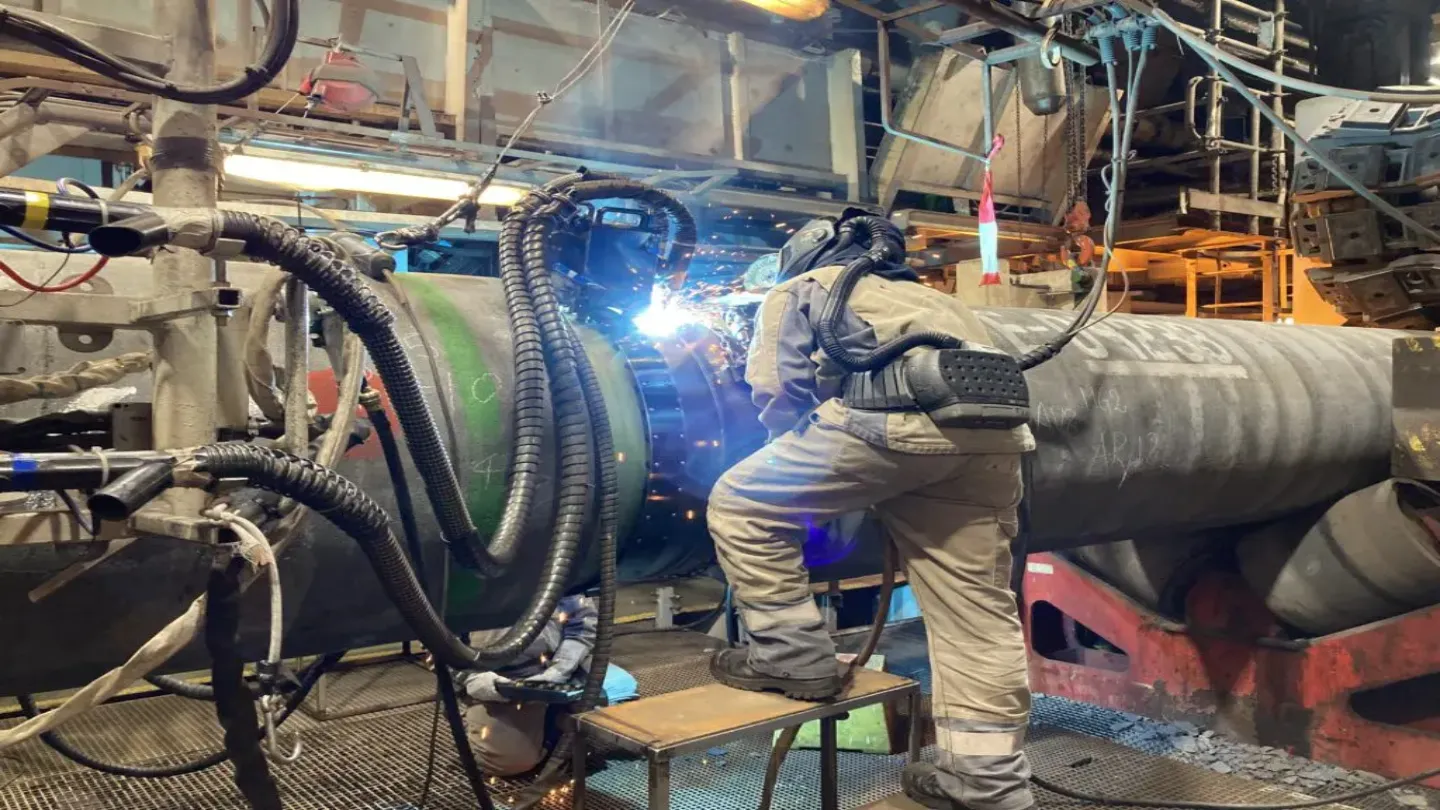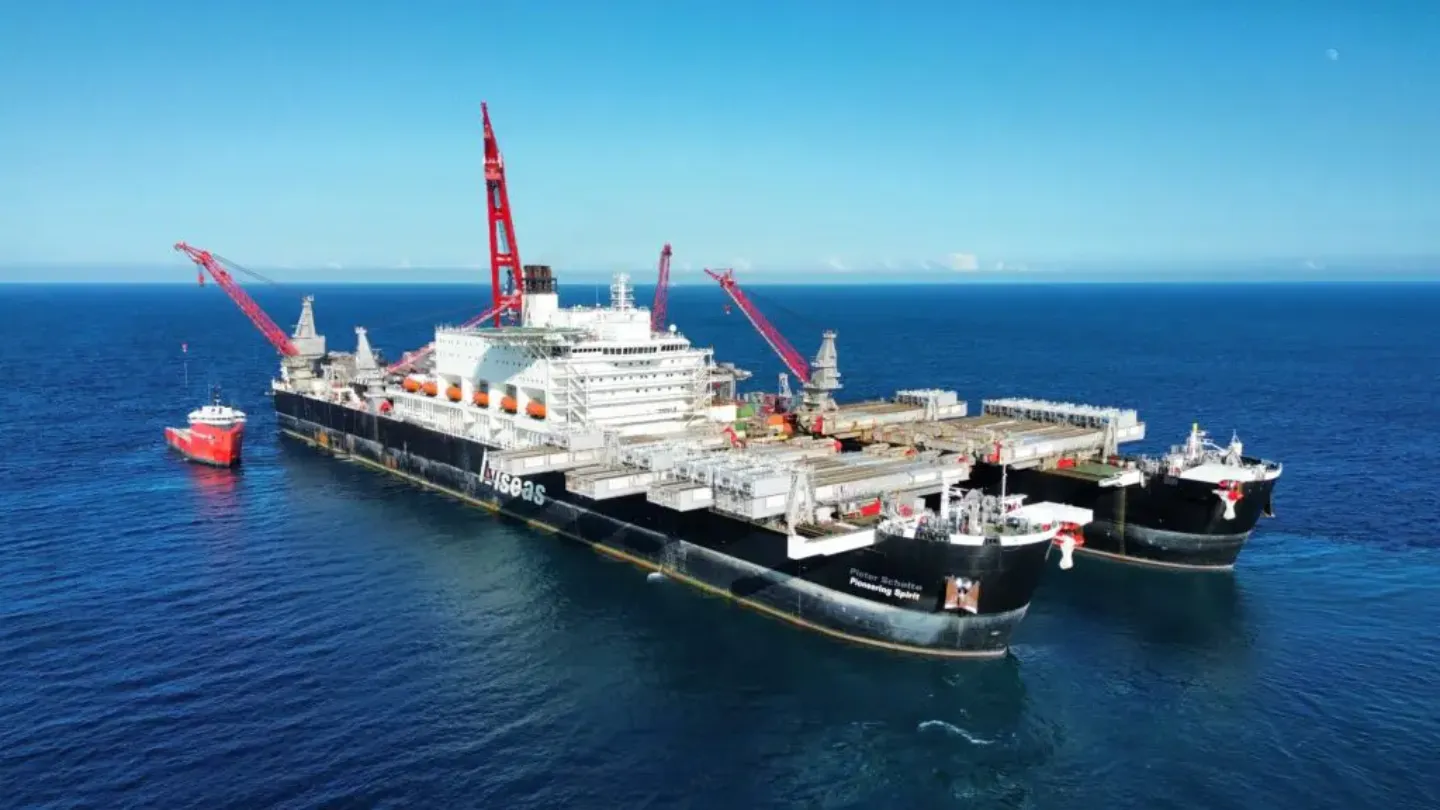The Southeast Gateway Pipeline is a marine natural gas pipeline which is being constructed in the Mexican area of the Gulf of Mexico.
TC Energy, a North America-based energy company, and Comisión Federal de Electricidad (CFE), a state-owned electric utility company in Mexico, are the partners in the project’s development.
The Final Investment Decision (FID) for the pipeline was taken in August 2022.
Initially, the estimated cost for the pipeline was $4.5bn. Currently, the capital expenditures are expected to be between $3.9bn and $4.1bn.
More than $50m has been invested in marine studies and the development of the marine components of the pipeline till now.
The construction of the project commenced at the end of 2023. During peak construction, the project is expected to generate up to 4,000 direct and indirect jobs.
The pipeline will start delivering natural gas to Mexico by mid-2025.
Once operational, the Southeast Gateway Pipeline will supply natural gas for the growth of the region.
The project will supply natural gas to other strategic projects to benefit the production processes for future industrial products.
Equity Details
After FID, CFE holds a 15% interest in the existing Transportadora de Gas Natural de la Huasteca (TGNH) assets.
CFE’s equity will increase to approximately 35% at the end of the contract life of the project, which is 2055.
This will be equivalent to approximately 49% interest in the Southeast Gateway Pipeline by CFE and 51% by TC Energy.
Southeast Gateway Pipeline Route
The offshore Southeast Gateway Pipeline will run along the coast from the town of Tuxpan and connect to the ports of Dos Bocas and Coatzacoalcos.
The pipeline will start from Tuxpan located in the Mexican state of Veracruz.
From here, it will run offshore and make landfall at the major port city of Coatzacoalcos located in the southern part of Veracruz.
The port city of Coatzacoalcos will be connected by the pipeline to the town and municipality of Paraíso, which lies in the northern part of the state of Tabasco.
Southeast Gateway Pipeline Details
The Southeast Gateway Pipeline is a 36-inch offshore pipeline. It is installed at a maximum water depth of 100m.
It is accompanied by subsea structures consisting of In Line Tee (ILT), spools, crossing supports, and heads.
The ILT creates a branched line tie-in point along a pipeline.
Trenching was done to lay the pipeline. A total of five pipe pulls were used through the tunnels.
Trenching was followed by dredging, backfilling, rock installation, surveys, and spool installations (drivers).
Southeast Gateway Pipeline Contractors
In November 2024, TC Energy contracted Grupo Desarrollo Infrastructura (GDI) to develop the pipeline.
Grupo Desarrollo Infrastructura re-ordered a Herrenknecht AVND2400 machine to develop shore approaches for the installation of the pipeline at Coatzacoalcos.
The Herrenknecht AVND2400 was successfully recovered by GDI in the Gulf of Mexico in February 2024 from the seabed at a depth of 25m below sea level.
Before this, the machine successfully completed a very long pipe jacking drive of 1,715m within 83 days.
Herrenknecht, a German manufacturer of tunnel boring machines, supplied AVND2400 and a support team from nine nations.
TUnIS Navigation MT navigation systems of VMT, a subsidiary of Herrenknecht, supported the machine in the contract.
A substantial contract was awarded in September 2022 to Allseas, a Dutch offshore contractor specialising in pipelay, heavy lift and subsea construction, by TC Energy in the major offshore Southeast Gateway Pipeline.
The contract included the installation of the offshore pipeline.
Allseas used its pipelay vessels to fulfil the contract. Allseas used Solitaire, which laid most of the pipeline.
The pipelaying vessels Lorelay and Tog Mor provided first-class support to Solitaire.
The nearshore section of the pipeline at Coatzacoalcos was installed without a stinger by the world’s largest construction vessel Pioneering Spirit.
The hanging stinger transition frame was used as a mini-stinger to install the pipeline at shallow water depths.
Dolphin, an Automated Ultrasonic Testing System, was used by Allseas for the installation of the pipeline.
The system inspected more than 57,000 construction girth welds of the pipeline in less time.





